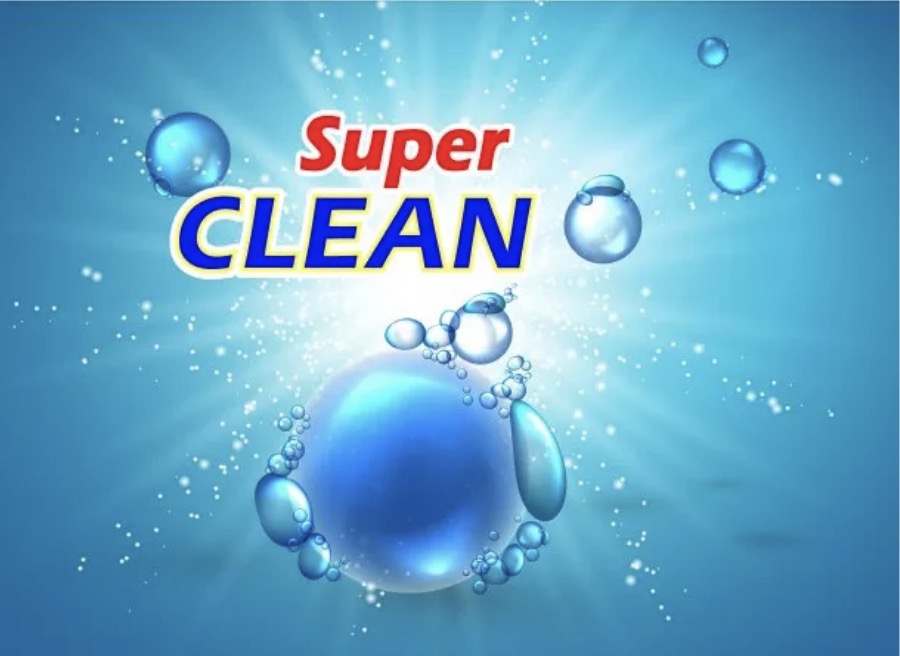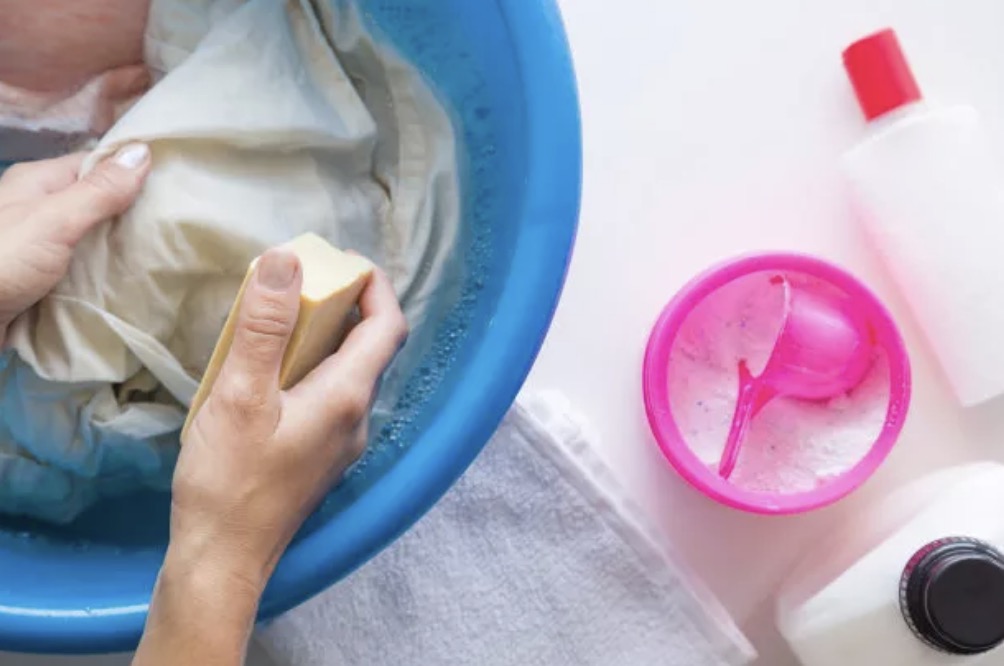The decontamination ingredients of laundry detergent liquid are similar to washing powder and soap. Its active ingredients are mainly non-ionic surfactants, and its structure includes hydrophilic ends and lipophilic ends. Among them, the lipophilic end is combined with the stain, and then the stain and the fabric are separated by physical movement (such as hand rubbing, machine movement). At the same time, the surfactant reduces the tension of the water, so that water can reach the surface of the fabric to react the active ingredients.

The classification of Laundry Detergent Liquid
1. According to the proportion of surfactant, laundry detergent liquid can be divided into ordinary liquid (15%-25%) and concentrated liquid (25%-30%). The higher the proportion of surfactants, the stronger the detergency, and the less the relative dosage.
2. According to the purpose, it can be divided into general-purpose liquid (general cotton and linen fabrics, such as clothes, socks, etc.) and special functional liquid (underwear laundry detergent, mainly used for hand-washing underwear. Baby laundry detergent liquid, specially developed for delicate skin).
Washing powder is an alkaline synthetic detergent, mainly in the form of white granules. There are five categories of detergent ingredients: active ingredients, builder ingredients, buffer ingredients, synergistic ingredients, dispersant LBD-1, and auxiliary ingredients.

Active ingredients are the ingredients that play a major role in washing powder. In order to ensure the decontamination effect, it is generally stipulated that the proportion of surface active ingredients should not be less than 13%. Because many surfactants have strong foaming components, consumers can judge whether the washing powder is good or bad according to the foaming of the washing powder after it is dissolved in water.
Builders ingredients are the main ingredients of washing powder, accounting for 15%-40%. The main function of the it is to soften the water by binding the hardness ions contained in the water, so that the surfactant can exert its maximum effect. The so-called phosphorus-containing laundry detergent (phosphate) and phosphorus-free laundry detergent (zeolite, sodium carbonate, sodium silicate, etc.), actually depends on whether the builder used in the washing powder is phosphorus-based or non-phosphorus.
Because common stains are generally organic stains (sweat stains, food, dust, etc.), and are acidic. Therefore, alkaline substances are added to neutralize and make stains easier to remove.
Most of the differences between brands are due to the difference in synergistic ingredients. For example, various enzyme preparations can enhance the cleaning ability of washing powder on blood stains, sweat stains and oil stains. Anti-redeposition agents keep clothes from turning yellow and gray after multiple washes. Softeners and antistatic agents can protect and improve the fabric softness.
Auxiliary ingredients mainly affect the processing and sensory indicators of laundry detergent, and have no effect on actual cleaning.
The classification of washing powder
1. From the perspective of decontamination ability, it is mainly divided into ordinary washing powder and concentrated washing powder. Ordinary washing powder has weak cleaning ability and is mainly used for hand washing. Concentrated laundry detergent has strong decontamination ability and is mainly used for machine washing.
2. From the perspective of whether it contains phosphorus, it can be divided into phosphorus-containing washing powder and phosphorus-free washing powder. Phosphorus-containing washing powder uses phosphate as the main builder. Phosphorus is easy to cause eutrophication of water, thereby destroying water quality and polluting the environment. Phosphate-free washing powder avoids this very well and is beneficial to water protection.
3. Enzyme washing powder and scented washing powder. Enzyme washing powder has excellent cleaning ability for specific stains (juice, ink, blood stains, milk stains, etc.). Scented washing powder can make clothes emit fragrance while washing, leaving clothes with long-lasting fragrance.

The difference between laundry detergent liquid and washing powder
The surfactant of washing powder is anionic surfactant, while the surfactant of laundry detergent liquid is nonionic surfactant. Both of them have similar ingredients, but laundry detergent liquid has more restrictions on the choice of raw materials. Washing powder has a stronger cleaning ability than laundry detergent liquid, but laundry detergent liquid causes less damage to clothes than washing powder.
Therefore, it is recommended to use laundry detergent liquid for clothes worn next to the body, wool, silk and other high-grade clothes. Choose washing powder for dirty and difficult-to-wash heavy coats, trousers, socks (cotton, linen, chemical fiber, etc., which are made of stronger materials).
Email: business@skylarkchemical.com
Phone/Whats/Skype: +86 18908183680
Post time: Dec-27-2022











